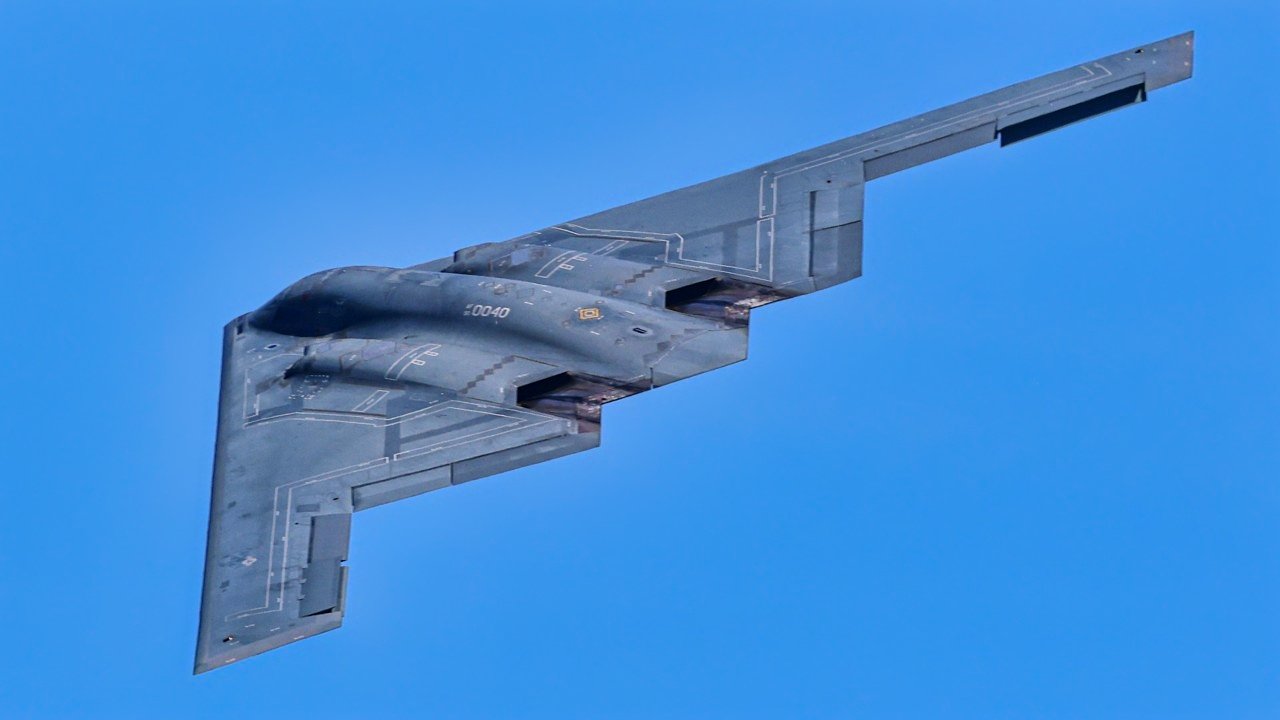What You Need to Know: A recent Center for New American Security (CNAS) study, sponsored by the Defense Threat Reduction Agency (DTRA), highlights the U.S.’s vulnerabilities in managing nuclear escalation risks with China. Unlike the Cold War dynamic with the Soviet Union, the U.S. and China lack open communication and coordination over nuclear forces.

-China’s expanding arsenal of non-strategic nuclear weapons, unrestricted by treaties like the defunct INF, gives it an edge in regional conflicts. The U.S.’s limited capabilities in this domain could tempt it to escalate to strategic nuclear weapons, risking catastrophic consequences.
-The report warns that China’s dominance in non-strategic nuclear warfare creates a dangerous imbalance.
Study Warns U.S. Is Ill-Prepared for Nuclear Escalation with China
America’s Defense Threat Reduction Agency (DTRA) recently sponsored the Center for New American Security (CNAS) to conduct a deep-dive study into the U.S. military’s preparedness for potential nuclear escalation with China in a possible future war scenario. The team at CNAS made a stark conclusion. According to the think tankers, “The United States is currently ill-equipped in its concepts and capabilities to manage escalation risks in the emerging Indo-Pacific era.”
They made these conclusions at a time in which the prospects of great power warfare, specifically between the United States and the People’s Republic of China (PRC), were the greatest they’ve been in years. Unlike the Cold War between the United States and the Soviet Union, there exists little (if any) consultation or coordination between the nuclear forces of the United States and China today.
Also, as opposed to the Cold War players, the new conflict between China and the United States for control over the Indo-Pacific is defined not by openness and a fear of escalation. Instead, this new conflict is defined by China’s desire to beat the Americans in the nuclear arms race.
Within the context of that relationship, sadly, the prospects of avoiding confrontation get lower with each year, and each new military development that an increasingly sophisticated China enjoys.
China’s Nuclear Weapons Building Spree
What’s more, China has been on a nuclear weapons-building spree. Never having been signatories to the now-defunct Intermediate-Range Nuclear Forces (INF) Treaty, China had a free hand to develop large numbers of increasingly advanced non-strategic nuclear weapons—the same kinds of weapons that could be very useful in bullying neighbors, such as the democratic state of Taiwan, into compliance.

The Americans have a clear disadvantage in this domain, even five years after the Trump administration abrogated the INF Treaty with Russia (in large part because the INF hamstrung U.S. nuclear arms buildup while it did not do something like China’s nuclear forces).
China Dominates Non-Strategic Nuclear Weapons
Indeed, the CNAS report found that “In the event of conflict [between China and the United States], especially a protracted one … conditions could be such that nonstrategic nuclear weapons use is both appealing to the PRC and difficult to manage for the United States.”
Of course, the Americans are not entirely helpless in this race with China for dominance in a conflict involving the use of non-strategic nuclear weapons. Yet, the advantage goes to China, because they have a larger arsenal of these systems and the credibility of America’s nuclear deterrence is very much in question in the minds of China’s leadership.
This uncertainty about the efficacy of America’s deterrence makes it more likely that Beijing will take riskier actions with its non-strategic nuclear weapons arsenal.
Under these conditions, the Americans would have to be more willing to use their own non-strategic nuclear weapons (and they would need greater ballistic missile defense systems arrayed against the Chinese in the Indo-Pacific than what are currently available). Plus, as the CNAS report elaborates, “China’s regional advantages and the fact that one of its allies, North Korea, has its own nuclear weapons to complicate the strategic landscape.”

All this compounds America’s ability to reliably deter China, especially at the non-strategic nuclear weapons threshold.
Here’s How America Loses
So, the Americans could very seriously lose a war with China that was fought with non-strategic nuclear weapons. And anyone who has ever studied nuclear warfare theory understands that, if one rung on the escalation ladder is dominated by one power, the other power seeks to regain dominance by moving to a rung on the escalation ladder they might have a greater advantage.
For example, if the Americans are overwhelmed at the non-strategic nuclear weapons level, Washington will be increasingly tempted to then jump to using strategic nuclear weapons before the Chinese can, in order to restore nuclear weapons dominance over the Chinese.
This, of course, will yield the very same scenario of two scorpions trapped in a bottle, stinging each other to death. Because, although the Americans would be better suited for waging war with strategic nuclear weapons, any victory in a total nuclear war of that kind would be pyrrhic at best. In other words, no one really wins that conflict.
But, at the non-strategic nuclear weapons level, yes, the Chinese would likely defeat the Americans.
About the Author:
Brandon J. Weichert, a National Interest national security analyst, is a former Congressional staffer and geopolitical analyst who is a contributor at The Washington Times, the Asia Times, and The-Pipeline. He is the author of Winning Space: How America Remains a Superpower, Biohacked: China’s Race to Control Life, and The Shadow War: Iran’s Quest for Supremacy. His next book, A Disaster of Our Own Making: How the West Lost Ukraine, is available for purchase wherever books are sold. Weichert can be followed via Twitter @WeTheBrandon.
Image Credit: Creative Commons.
